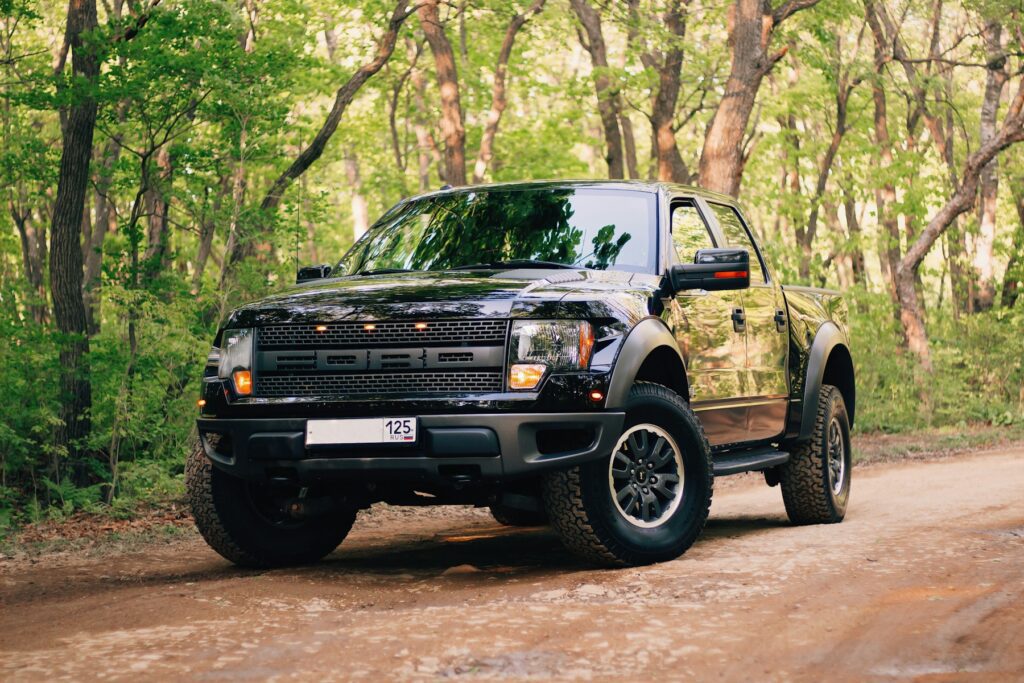
In the bustling world of auto transport, choosing the right method for shipping your vehicle can be a daunting task. With numerous options available, two primary transport methods stand out: open and enclosed auto transport. Each method has its unique advantages and considerations, making it essential for vehicle owners to understand which option aligns best with their needs. The demand for auto transport services in the USA has surged in recent years, driven by factors such as increased vehicle sales, relocation needs, and the rise of online car purchases. According to the American Trucking Associations, the auto transport industry is projected to grow by 4.5% annually through 2025. As more individuals seek reliable ways to ship their vehicles across states or even nationwide, understanding the nuances between open and enclosed transport becomes crucial.
Summary
Understanding Auto Transport Options
When it comes to shipping your vehicle, understanding the available transport options is essential. The two primary methods—open and enclosed auto transport—cater to different needs and preferences. Here’s a closer look at each option.
Open Auto Transport
Open auto transport involves transporting vehicles on an open trailer, typically capable of carrying multiple cars at once. This method is widely used due to its cost-effectiveness and efficiency.
- Common Uses: Open transport is ideal for standard vehicles, such as sedans, SUVs, and trucks. It is commonly used by dealerships for transporting inventory or by individuals relocating for work or personal reasons.
- Benefits:
- Affordability: Generally, open transport is less expensive than enclosed options, making it accessible for a broader range of customers.
- Quick Turnaround: With multiple vehicles being transported simultaneously, open transport often results in faster delivery times.
Enclosed Auto Transport
Enclosed auto transport, on the other hand, involves shipping vehicles in a fully enclosed trailer. This method provides a higher level of protection against environmental factors and road debris.
- Advantages:
- Protection from Elements: Enclosed transport shields vehicles from rain, snow, dirt, and UV rays, making it the preferred choice for high-value or classic cars.
- Security: Enclosed trailers offer enhanced security against theft and damage during transit.
- Common Scenarios: This method is often chosen for luxury cars, vintage vehicles, or any automobile that requires extra care during transportation.
Key Differences Between Open and Enclosed Transport
When deciding between open and enclosed auto transport, it’s essential to understand the key differences between the two methods. From cost considerations to protection levels, several factors can influence your choice.
Cost Comparison
One of the most significant differences between open and enclosed transport is the cost. According to data from the U.S. Department of Transportation, the average cost of open transport is approximately 30% lower than enclosed transport.
- Open car Transport: The average cost of shipping a standard sedan via open transport ranges from $700 to $1,200, depending on factors such as distance and vehicle size.
- Enclosed car Transport: Shipping the same sedan using enclosed transport typically ranges from $1,000 to $1,800, with higher costs for luxury or classic vehicles.
Protection Levels
The level of protection offered by each transport method is another crucial factor to consider. Open transport provides basic protection against weather conditions, while enclosed transport offers a higher level of security.
- Open Transport: Vehicles transported on open trailers are exposed to environmental elements such as rain, snow, and road debris. While most vehicles can withstand these conditions, open transport may not be suitable for high-value or classic cars.
- Enclosed Transport: Fully enclosed trailers shield vehicles from environmental factors and provide an additional layer of protection against potential damage or theft during transit.
Vehicle Types Best Suited for Each Method
The type of vehicle you need to transport can also influence your choice between open and enclosed transport.
- Open Transport: Standard vehicles such as sedans, SUVs, and trucks are well-suited for open transport due to their durability and lower value compared to luxury or classic cars.
- Enclosed Transport: High-value vehicles, including exotic sports cars, luxury sedans, and vintage automobiles, are often transported using enclosed trailers to minimize the risk of damage or theft.
Case Study: The Experience of John Doe
John Doe, a car enthusiast from California, faced the challenge of transporting his two vehicles: a standard SUV and a vintage sports car. With different values and requirements for each vehicle, John decided to explore both open and enclosed transport options.
Vehicle Details:
- Standard Vehicle: 2020 Toyota RAV4 (Value: $30,000)
- High-Value Vehicle: 1965 Ford Mustang (Value: $60,000)
Decision-Making Process
- Assessing Vehicle Value:
- John recognized that while the Toyota RAV4 was a reliable and durable vehicle, the classic Mustang required extra care due to its age and value.
- Cost Considerations:
- After researching various auto transport companies, John found that shipping his RAV4 via open transport would cost approximately $800, while enclosed transport for the Mustang would be around $1,500. The cost difference played a significant role in his decision.
- Protection Needs:
- Given the Mustang’s vintage status, John opted for enclosed transport to ensure it was shielded from potential hazards during transit. He felt confident that the additional investment would protect his prized possession.
Outcome
Both vehicles were successfully transported to their destination in Florida. The RAV4 arrived on time without any issues, while the Mustang was delivered in pristine condition, thanks to the enclosed trailer’s protection. John was highly satisfied with both services but felt that opting for enclosed transport for the Mustang was a wise choice given its value.
Lessons Learned
This case study illustrates how assessing vehicle value, budget constraints, and protection needs can guide your decision when choosing between open and enclosed auto transport. Each vehicle’s unique circumstances can lead to different transport solutions that best meet your requirements.
How to Decide Which Option is Right for You?
Choosing between open and enclosed auto transport requires careful consideration of several factors that can significantly impact your decision. Here are key elements to evaluate when determining which option is best suited for your needs.
Assess Your Vehicle’s Value
The value of your vehicle is one of the most critical factors in deciding between open and enclosed transport.
- High-Value Vehicles: If you own a luxury car, vintage automobile, or any vehicle valued over $50,000, enclosed transport is often the recommended choice. The added protection against environmental hazards and potential theft justifies the higher cost.
- Standard Vehicles: For everyday vehicles like sedans or SUVs, open transport is generally sufficient. These vehicles are built to withstand various weather conditions and road debris, making them ideal candidates for open trailers.
Consider Your Budget
Budget constraints play a significant role in the transport method you choose.
- Open Transport Costs: As previously discussed, open transport typically costs 30% less than enclosed options. If you are looking to save money and your vehicle is not high-value, open transport may be the way to go.
- Enclosed Transport Costs: While more expensive, enclosed transport provides peace of mind for those with valuable vehicles. Weigh the potential costs against the risks of damage or loss during transit.
Evaluate Timing and Availability
Timing can also influence your decision between open and enclosed transport.
- Availability: Open transport services are usually more readily available due to their popularity and capacity to carry multiple vehicles at once. If you need to ship your vehicle quickly, open transport may offer faster scheduling options.
- Delivery Timeframes: Enclosed transport may take longer to arrange due to fewer available trailers and the need for specialized handling. If time is of the essence, consider how this factor aligns with your shipping needs.
Making an Informed Decision
By assessing your vehicle’s value, considering your budget, and evaluating timing and availability, you can make a well-informed decision about which auto transport option is right for you. Remember that each vehicle has unique needs, and what works for one may not be suitable for another.
